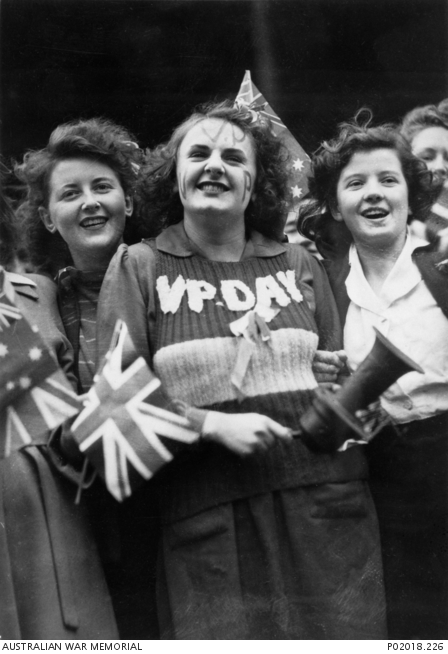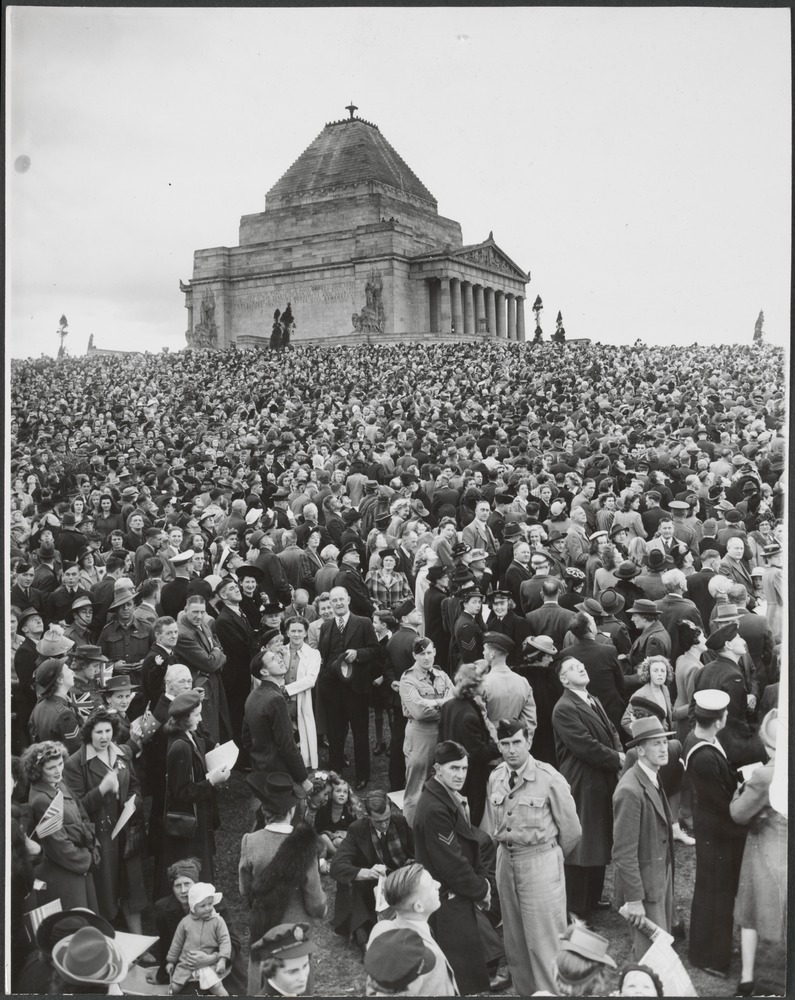This year marks the 75th anniversary of VJ Day which is the day, 15 August 1945, when the Japanese formally surrendered to the Allies. What lead to this surrender is the really interesting story and unfortunately anyone under 40 will probably only know the basic facts and that it had something to do with the dropping of two atomic bombs on Hiroshima and Nagasaki. Why this was done and was it morally justified is the real issue.

Germany surrendered to the Allies on 8th May 1945, it was hoped that the Japanese would follow this path. The USA actually asked the Japanese to formally surrender on the 26 July 1945. Japan ignored the proposal which indicated a complete refusal to surrender.
The Allies had been planning for the invasion of Japan well before the surrender of Germany and detailed plans had been drawn up for an initial invasion of Japan in October 1945 with a follow up push to Tokyo in March 1946, but after nearly five years of conflict in which more than 16 million Americans served with over 400,000 killed in action, America was becoming very war weary. It was estimated that the invasion of Japan could result in a further 820.000 American deaths and 20 Million Japanese both military and civilians. The USA was able to make these predications based on the braking of the Japanese Ultra code and the carnage than had happened with the taking of the Western Pacific islands. The USA knew that Japan had established another 45 divisions between February and May 1945. These additional Japanese divisions brought Japanese Military strength to 2.3 Million plus another 28 Million Japanese forced into Civil defence activities. It would be a terrible campaign with massive carnage and many political leaders in the USA could not agree with the plan and the potential American deaths
The development of the Atomic bomb had begun in Germany back in 1938 but many of the scientists working on the project moved to the USA when WW2 started. The real push for the bombs development started in 1943 when the UK/Canada and the USA formed the Manhattan project and put the combined resources together. Both Germany and Japan also had nuclear weapon programs which thankfully never made much progress due to lack of resources and scientific knowledge/expertise.
So what was the thinking of American leaders in July 1945? It was obvious that Japan would not surrender, this had already been shown by many instances during the war. Every Japanese would fight to the death based on their oath to their God/Emperor
America had fire bombed 67 major Japanese cities, including Tokyo on the 9-10 March which killed over 100,000 Japanese and destroyed over 16 sq Miles of the city and still the Japanese Military leaders were advocating to fight on. As a back up to this fire bombing, America also dropped some 67 million leaflets over every major Japanese city imploring the population to surrender, all to no avail
The fear of the massive death toll with a direct invasion of Japan and the final development of the Atomic bomb consolidated the USA President, Henry Truman’s decision to use on more Awe and Shock attempt with the Atomic Bomb to have the Japanese surrender. This morally repulsive action has been used many times throughout history to bring wars to a final conclusion, The Romans in 148BC completely demolished the city of Carthage which finally put an end to the Punic Wars, again in AD70 Jerusalem was destroyed by the Romans and that quickly ended any Jewish resistance to Roman rule. Sherman’s push thru Georgia and the sacking of Atlanta finally convinced Lee that the South could not win the war the American civil War. Hitler’s bombing of London in 1940 and the killing of thousands of innocent civilians is another example, luckily it didn’t work as Britain didn’t surrender, thanks to Winston Churchill.
The decision to bomb 4 Japanese cities was made by both the USA and Britain on the 25th July 1945. Truman was adamant that the cities to be bombed had to be military targets and forbid the bombing of the old capital Kyoto or the new capital Tokyo because of the potential civilian deaths. The order was propagated and the wheels of the military ground into action.
The first city selection from the four identified was Hiroshima which had over 40,000 military personal stationed there out of a total population of 380,000 as well as being a major supply and logistic base, a major communication centre and a key port. The flight carrying the Atomic Bomb left Tinian in the Marshall Islands late on the 5th August 1945 and dropped the first Atomic bomb on the city of Hiroshima at 7.10am on the 6th August 1945
America was waiting for the Japanese to finally put up the white flag but the Japanese military leader still insisted on flighting on.
On the 9 August 1945 a larger model atomic bomb was dropped on Nagasaki which was also a military hub with a huge Mitsubishi armament factory within its city limits. Unfortunately there was also an Allied POW’s in the area and eight prisoners lost their life in the bombing. The good news was that 24 Aussie POW all survived.
Still the Japanese military wanted to fight on, however the final catalyst for some logic and reason was the declaration of war on Japan by Russia on the 9th August 1945. After very protracted discussions with the military leaders and the god/emperor, the Emperor decided to accept the Allied surrender. A group of military leaders were still committed to continue to the death but reason prevailed and the Emperor saw the total annihilation of Japan if the fight on strategy was continued.

The big question which has been posed since the 6th August 1945 is were Truman and Churchill morally justified to use the atomic bomb to try and bring the World conflict of the Second World War to an end?
As a military historian I believe they were. The use of the Atomic bombs even though it also took the threat of the Russian invasion to force the surrender of Japan saved the potential death of plus 20 million human lives.
Contact Peter Fielding about this article.






